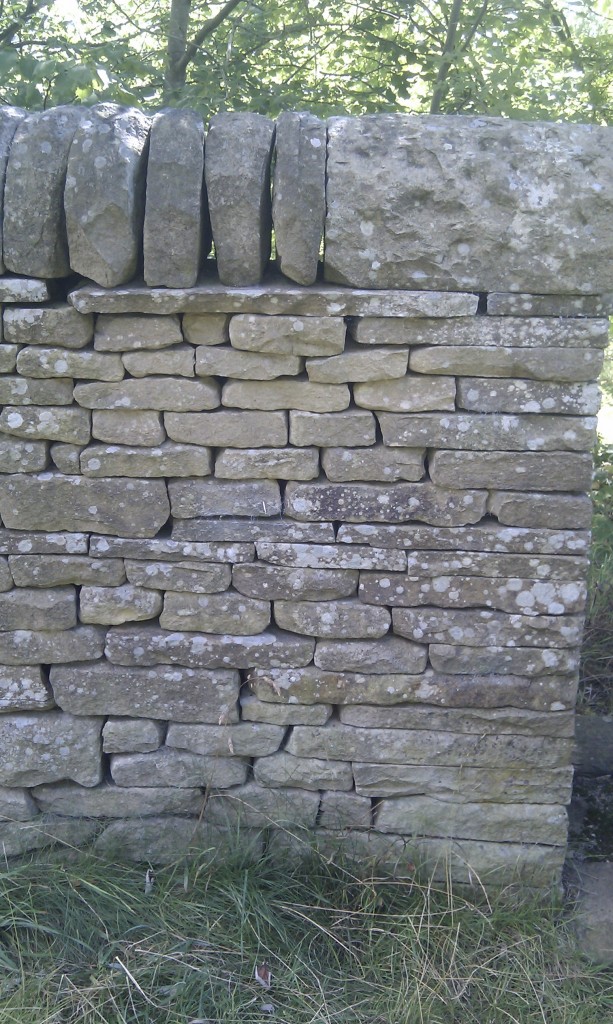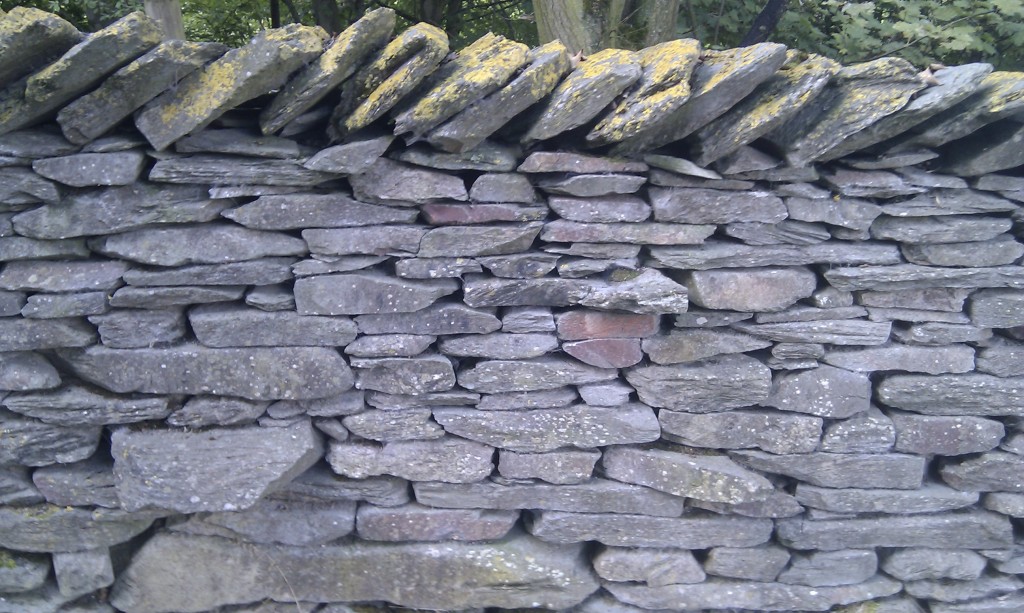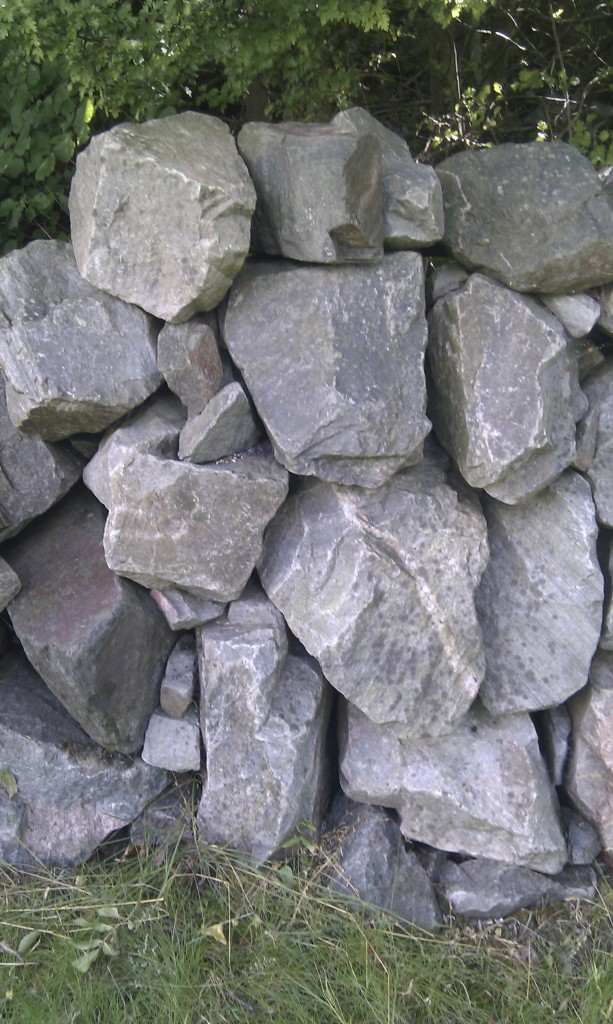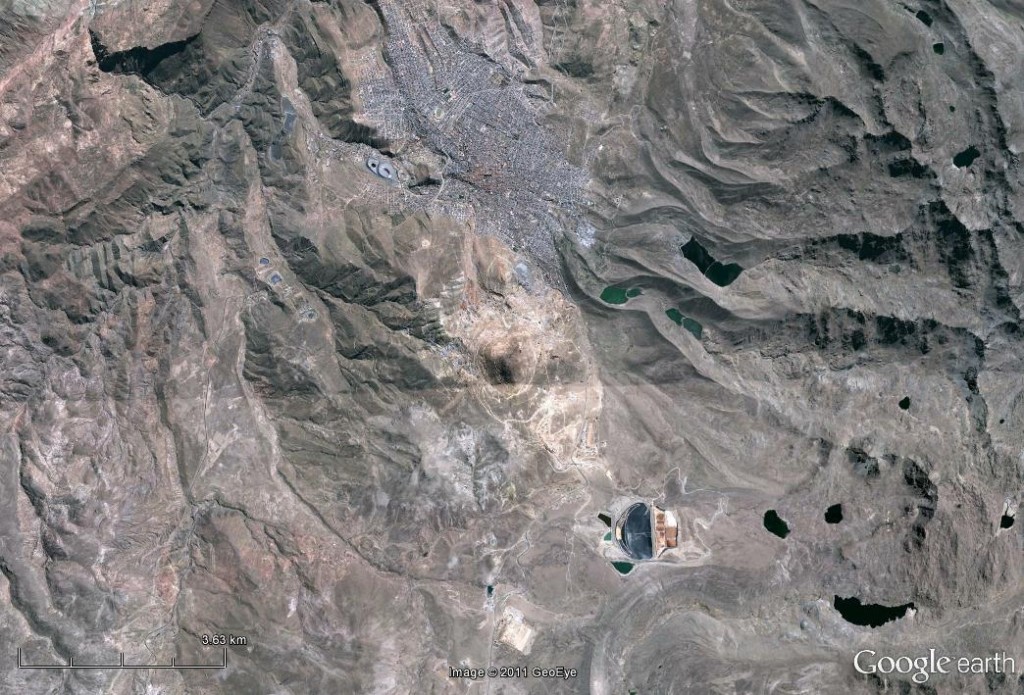Timescales in Geology are rather variable, to say the least. The earth has been around for billions of years so things can go sloooow and still be significant, like the build-up of oxygen produced by life. On the other hand, some things happen quick, like the hour it takes diamond-bearing kimberlite magma to get from the mantle to the surface.
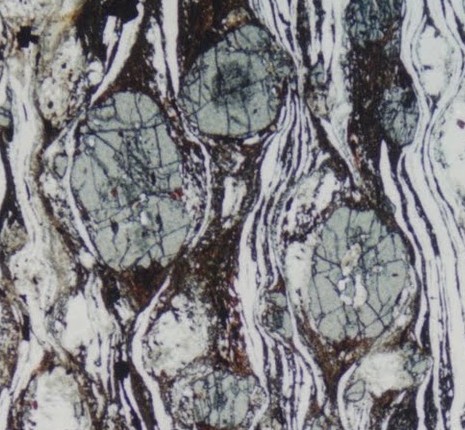
How fast did these garnets grow?
What about metamorphic rocks – how fast do they form? A pair of recent papers use contrasting lines of evidence to suggest that it is faster than we thought.
Barrovian metamorphism is formed in rocks buried in continental collision zones – mountain belts. It is generally explained in terms of crustal thickening followed by thermal relaxation. In other words, if you pile up lots of rocks to thicken the crust they will then slowly heat up. Doing the maths on this (Thompson & England 1984) suggests it takes at least 40Ma (40 million years) to form Barrovian assemblages.
Two recent papers with lead author of Daniel Viete of ANU in Oz suggest things happen a lot faster than this (refs at end). Both study the classic Barrovian sequence of Scotland but in different ways. Both aim to perform geospeedometry*, to directly estimate the absolute rate at which metamorphism occurs.
The first uses 40Ar/39Ar dating of mica, but not in the way you’re thinking. As with all radiometric dating techniques 40Ar/39Ar or Argon-Argon dating is based on the decay of one isotope into another (here 40K to 40Ar). Measure the amount of parent and daughter isotope and you can calculate the age. Viete don’t calculate the speed directly from the age – the quirk they use is that Argon is a gas and mica has an open mineral structure. Above a certain ‘closure’ temperature the daughter Argon just diffuses away. The calculated age is therefore often the time a which the mineral cooled below the ‘closure temperature’. The technique is often used to find out when metamorphic rocks cooled down, but here Viete does something different.
Viete et al studied a transect through Barrovian rocks, from low to high-grade. For the low grade rocks (e.g. chlorite zone – greenschists) the ages are long before the Grampian orogeny. The white mica is detrital – it has not been recrystallised by the metamorphism we are looking at but instead it was formed in an earlier metamorphic or igneous event affecting rocks that were eroded long ago. (These little glimpses into older orogenies stored in detrital micas can be very informative, but are not what we are looking at here). Moving up temperature into the middle of the biotite zone there is a change in the pattern of ages – they start showing a date consistent with the age of the orogeny. This change of pattern is interpreted as being controlled by diffusion of Argon rather than by recrystallisation of the mica, indeed in one sample large grains hold old ages but small grains are reset. Diffusion depends on Temperature and time as shown by the Arrhenius equation. The authors estimate the temperature using geothermometry and model the diffusion to estimate how long the heating must have lasted to explain the patterns they see (small grains reset, large not). This gives an estimate of 200 ka to 2 Ma.
The second paper looks at manganese profiles in garnets in the same rocks but follows a very similar line of reasoning.
Manganese (Mn) likes garnets even more than I do. A classic ‘prograde’ profile through a garnet has high levels of Mn at the core, tailing off to the edge. This is interpreted as high levels of Mn being incorporated into the garnet early on, as it moves out of mineral phases where it is less happy into the new garnet. As we move out from the core, we trace the garnet growing bigger through time, and we see the amount of Mn dropping off as there is less and less available in other phases. Eventually garnet holds nearly all the Mn in the rock. This is a classic growth profile and is consistent with closed system behaviour on the scale of the hand-specimen: there is a finite amount of Mn available and the garnet has it all. Growth profiles are typically not preserved in higher grade rocks, which instead show a flat profile, maybe with a change at the rim. This is due to diffusion kicking in at high temperatures. In the hotter garnets the Mn can move around, which flattens the profile, as Mn is equally happy anywhere in the garnet.
Garnet samples studied by Viete show this pattern, a bell-shape, at lower temperatures but at higher grades, the profile is flattened. Based on some neat reasoning involving patterns around Mn-free inclusions, they identify length scales of Mn diffusion for samples with a particular temperature. Sadly the experimental data on Mn-diffusion isn’t good enough to perform geospeedometry directly, but it does allow relative timings to be inferred. Taking their garnet and Argon work together and looking at other Scottish garnet work (a thin rim of further diffusion in higher-grade rocks) they argue for a later local metamorphic event of even shorter duration (order of 10,000 years), in addition to the relatively brief regional event.
Geospeedometry based on studies of diffusion in natural minerals is an exciting area, combine it with the ability to directly date portions of garnet and we have the exciting prospect of creating P-T-t paths that contain estimates for all three variables.
In their conclusions, Viete and their colleagues make some interesting points. The first is that this work supports a body of evidence that the Grampian orogeny (and by inference perhaps other Barrovian type mountain belts) was short-lived (a few million years). My own PhD work has a small walk-on part in this regional story, so I will surely write more about it one day.
More generally, if a Barrovian metamorphic event lasted only a few million years, what about Thompson and England and their 40Ma estimate? They calculated this based on conductive heat transfer only. Viete suggest that advective heat transfer is actually dominant, where the heat is brought in from elsewhere, not through the rocks themselves. Noting an association of high grade rocks and shear zones they suggest that hot fluids and magmas, plus mechanical heating in the shear zone is the most likely source of (advective) heat. The rapid (100,000 year) event they have evidence for could be explained by such a mechanism (both heating and cooling would be rapid as it occurs in small areas). The regional event might itself the cumulative effect of lots of little heating events.
Two questions are raised by this research. The first is the question of whether mountain belts can form quicker than we thought. There are other recent studies based on direct data of minerals that suggest slow rates of heating so if Viete’s results are correct, they are unlikely to apply to all metamorphic events. The second question relates to estimates of conditions from metamorphic rocks. If heating events are short-lived then the likelihood that chemical equilibrium was achieved is reduced, making thermobarometry a lot trickier. Finally, its nice to know that even a classic area of geology, well know for over a century, can still provide new insights.
References
Thompson, A.B. & England, P.C. 1984. Pressure–temperature–time-paths ofregional metamorphism II. Their inference and interpretation using mineralassemblages in metamorphic rocks. Journal of Petrology, 25, 929–955.
Viete, D.R., Forster, M.A. & Lister, G.S. 2010b. The nature and origin of theBarrovian metamorphism, Scotland: 40Ar/39Ar age patterns and the durationof metamorphism in the biotite zone. Journal of the Geological Society,London, 168, 133–146. doi: 10.1144/0016-76492009-164.
Daniel R. Viete, Jörg Hermann, Gordon S. Lister, et al. The nature and origin of the Barrovian metamorphism, Scotland: diffusion length scales in garnet and inferred thermal time scales Journal of the Geological Society 2011; v. 168; p. 115-132 Geological Society, London doi: 10.1144/0016-76492009-087
* geospeedometry is used in the Viete papers and is my new favourite word. I think it was coined here:
Lasaga, A.C. 1983. Geospeedometry: an extension of geothermometry. In: Saxena, S.K. (ed.) Kinetics and Equilibrium in Mineral Reactions. Springer, New York, 81–114.
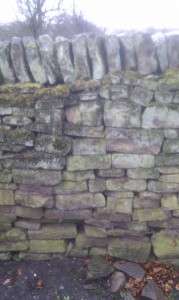 I grew up surrounded by stone walls, something which certainly nurtured the geologist in me. I certainly didn’t view them in any negative Pink Floyd kind of way. These were outdoors walls, field boundaries tracing across the hills for miles. They were easily scaled, fun to walk on top of and a place to store contraband, should the need arise.
I grew up surrounded by stone walls, something which certainly nurtured the geologist in me. I certainly didn’t view them in any negative Pink Floyd kind of way. These were outdoors walls, field boundaries tracing across the hills for miles. They were easily scaled, fun to walk on top of and a place to store contraband, should the need arise.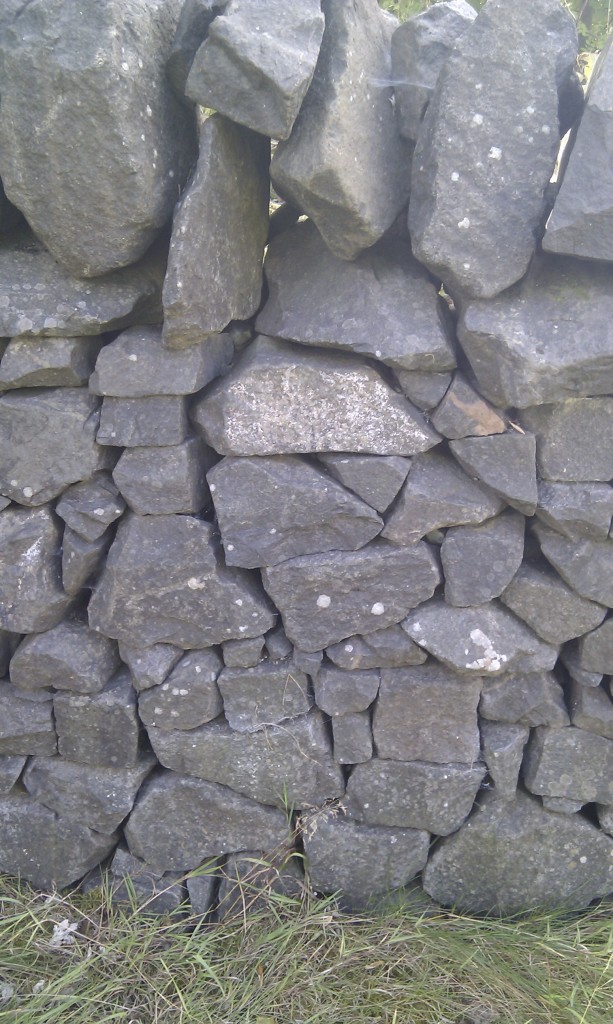 If you’ve only got tough metamorphic rocks to work with, things are getting pretty desperate. This Scottish wall of meta-quartzite really is just a pile of stones.
If you’ve only got tough metamorphic rocks to work with, things are getting pretty desperate. This Scottish wall of meta-quartzite really is just a pile of stones.
